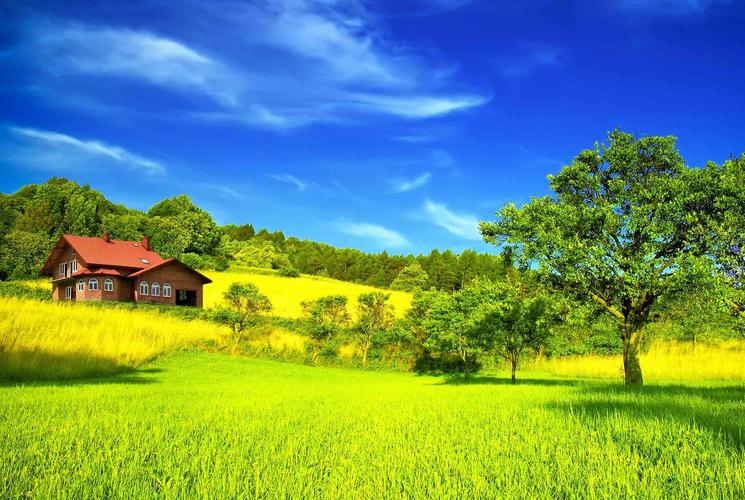Exploring the Rich and Colorful Cultural Heritage of Zamboanga City
Zamboanga City is a culturally diverse and vibrant city in the southern region of the Philippines. It is home to a variety of ethnic groups, each with their distinct cultural practices, languages, and traditions. The city’s rich cultural heritage is an attraction for visitors looking to immerse themselves in the local culture.
The Chavacano Language
One of the unique features of Zamboanga City is the presence of the Chavacano language. It is a Spanish-based creole that is predominantly spoken in the city and other parts of the Philippines. The language is a blend of Spanish, Malay, and various Filipino languages. Visitors can learn more about the language by interacting with locals and attending cultural events where the language is used.
Cuisine and Festivals
Zamboanga City is known for its delicious cuisine, which is a blend of various cultures. Visitors can sample traditional dishes such as “curacha” (a type of crab), “satti” (grilled meat on skewers served with rice cakes), and “knickerbocker” (a colorful fruit cocktail). The city is also home to a variety of festivals, including the Zamboanga Hermosa Festival and the Regatta de Zamboanga. These celebrations showcase the city’s diverse cultures through colorful costumes, dances, and music.
Old Spanish Forts and Historic Buildings
Zamboanga City has a rich history that is reflected in its various Spanish forts and historic buildings. The Fort Pilar Shrine and Museum is a popular destination for visitors. It is a 17th-century Spanish fort that has been converted into a shrine and museum. Visitors can learn about the city’s history, view historic artifacts, and attend cultural events held within the fort.
Local Arts and Crafts
Zamboanga City is home to various local artisans who specialize in crafting unique products such as “yakan” weavings (colorful, hand-woven fabric), “vinta” boats (traditional sailboats), and intricate wood carvings. Visitors can witness these artisans at work, purchase their products, or attend workshops to learn the skills required to craft them.
Conclusion
In conclusion, Zamboanga City’s rich cultural heritage is a testament to the diversity and resilience of the various ethnic groups that call it home. Visitors who wish to explore the city’s unique culture can do so by learning about the Chavacano language, sampling its diverse cuisine, attending local festivals, exploring its historic buildings and forts, and witnessing the skills of its talented artisans.
(Note: Do you have knowledge or insights to share? Unlock new opportunities and expand your reach by joining our authors team. Click Registration to join us and share your expertise with our readers.)
Speech tips:
Please note that any statements involving politics will not be approved.
